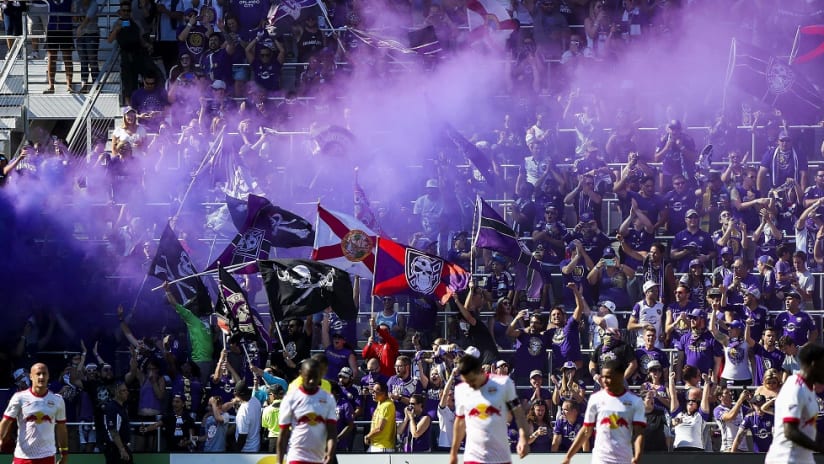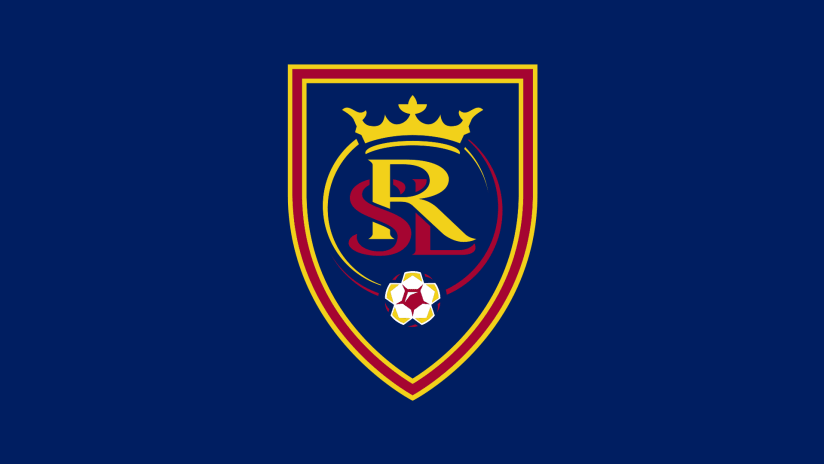ORLANDO, Fla. – When viewers tune in to Saturday’s big clash between Orlando City SC and the LA Galaxy (2:30 pm ET; FOX in the US | MLS LIVE in Canada), the first thing they’ll notice will be the noise from City’s new stadium.
Shortly after, they’ll notice where the core of the noise is coming from: The Wall. From top to bottom and side to side, Orlando’s vaunted standing-only supporters' section is a relentless source of soccer tribalism.
Each team has its hardcore fan area, of course, but there is something primal and visceral about The Wall, which has rapidly grown up over six years to become the team’s vocal heart and soul.
The 3,811-capacity section began as a small but ardent collection of fans from the two main supporter groups, The Ruckus and Iron Lion Firm, and, like a snowball at the head of an avalanche, quickly gathered pace.
Anchored by a drum section in the center and orchestrated by two capo stands, The Wall first took shape at the Citrus Bowl in the club’s USL days, forming the essential ‘sound’ of Orlando City.
When the team began planning its own stadium, founding owner Phil Rawlins met with leaders from the fan groups to ask what they most wanted, and the response was simple – a standing section.
With that, one entire end of the new venue was drawn up along the lines (if not the size) of Borussia Dortmund’s famous Yellow Wall. Now, given their own stand – with its low roof and steep, safe-standing design – as a deliberate policy, the two groups have turned it into one of MLS’ most distinctive fan features.
Mike Perez of the Purple Mane Podcast puts it succinctly: “The Wall is an unrelenting din of hellacious noise designed to turn the opposition into an unnerved mess and sink them into the earth.”
Raucous supporter sections are obviously nothing new in soccer, but the supporters' section in the new Orlando City Stadium was purposely-built to be as loud and intimidating as possible. That’s partly thanks to Rawlins and his boyhood memories of Stoke City’s old Victoria Ground, where the Boothen End – also with a low roof – was one of the meanest in the business in the 1950s and ‘60s.
“The Orlando stadium was designed to maximize the noise and influence The Wall could have on both the team and the game,” Rawlins explained. “And the fans on The Wall are now just discovering how integral and influential they can be to the game.”
That has been evident in all three City home games to date, with players and coaches on both sides crediting the ‘The Wall effect’ in helping the Lions to three straight home wins entering Saturday’s contest against LA.
New York Red Bulls head coach Jesse Marsch and his team were the most recent victims, losing 1-0 to the Lions last Sunday.
“It will be interesting to see if they can continue to establish this home dominance,” he said after the match. “The energy of the crowd has really propelled them in these first three games, and their challenge will be to keep that going.”













